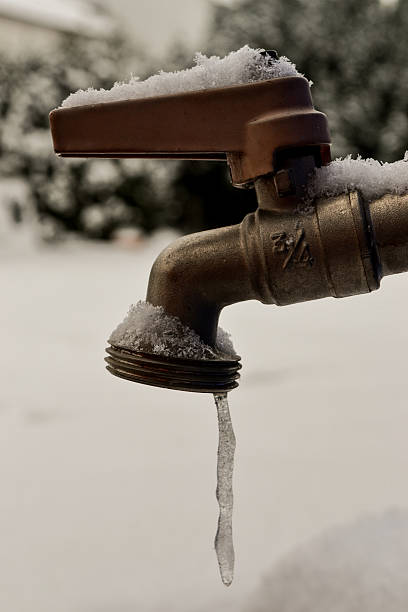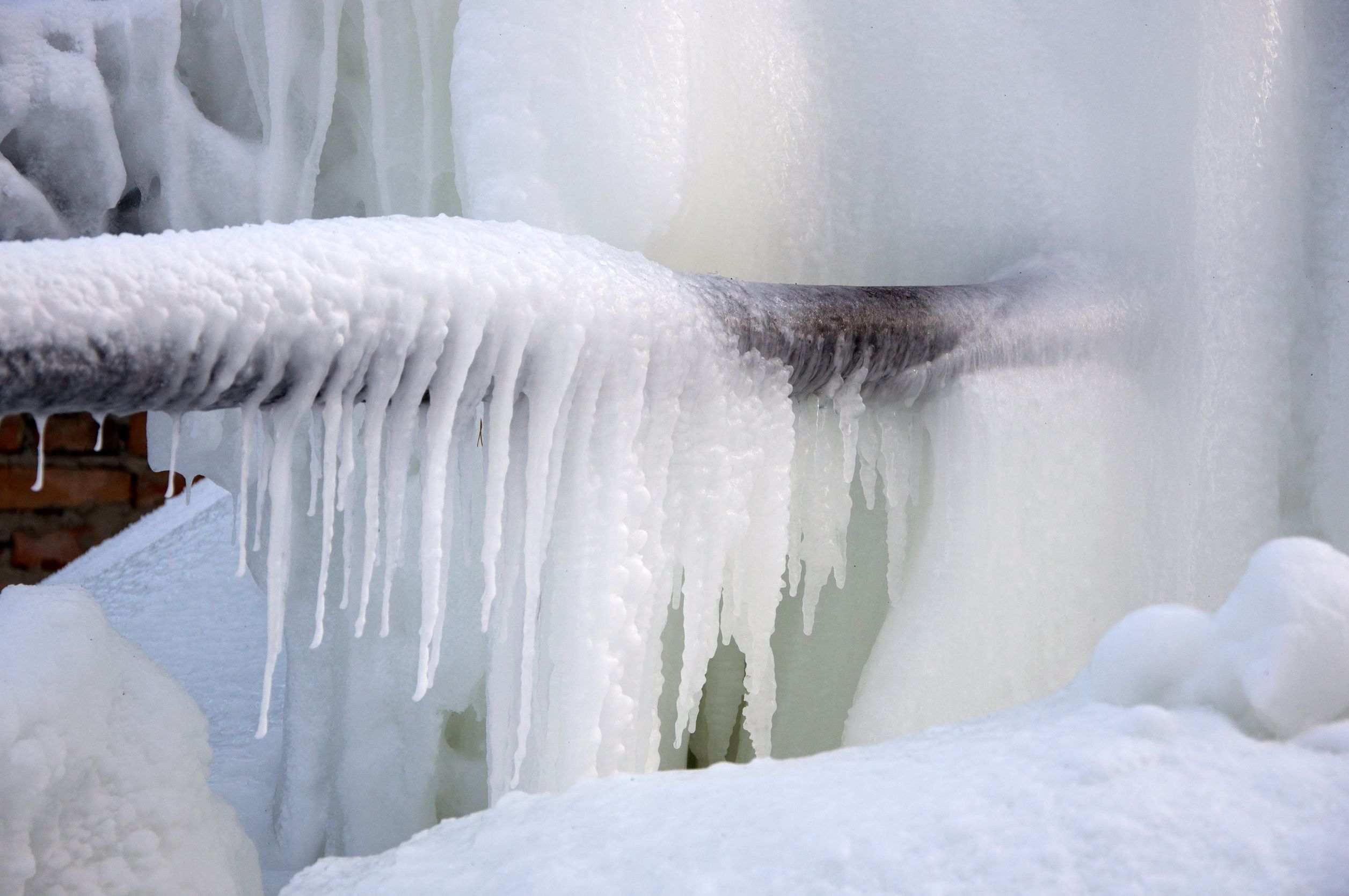Avoiding Frozen Plumbing in Winter: Expert Tips
Avoiding Frozen Plumbing in Winter: Expert Tips
Blog Article
In this article further down you'll find a lot of helpful advice on the subject of Helpful Tips to Prevent Frozen Pipes this Winter.

Winter can wreak havoc on your pipes, particularly by freezing pipelines. Here's exactly how to stop it from occurring and what to do if it does.
Intro
As temperature levels drop, the danger of icy pipes boosts, possibly leading to costly repair services and water damages. Understanding how to prevent frozen pipes is vital for home owners in cool environments.
Avoidance Tips
Shielding at risk pipelines
Cover pipelines in insulation sleeves or utilize warm tape to safeguard them from freezing temperatures. Focus on pipelines in unheated or external areas of the home.
Heating strategies
Maintain interior spaces adequately warmed, particularly areas with pipes. Open closet doors to allow cozy air to distribute around pipelines under sinks.
Exactly how to recognize frozen pipelines
Look for reduced water circulation from faucets, uncommon odors or sounds from pipes, and noticeable frost on revealed pipes.
Long-Term Solutions
Architectural changes
Think about rerouting pipes away from outside wall surfaces or unheated areas. Include extra insulation to attics, cellars, and crawl spaces.
Updating insulation
Purchase high-grade insulation for pipes, attics, and walls. Appropriate insulation aids keep regular temperature levels and reduces the danger of icy pipes.
Safeguarding Outdoor Pipes
Garden hoses and outdoor taps
Detach and drain pipes garden hoses prior to wintertime. Set up frost-proof spigots or cover exterior faucets with insulated caps.
Recognizing Icy Pipes
What creates pipes to ice up?
Pipelines freeze when subjected to temperatures below 32 ° F (0 ° C) for expanded durations. As water inside the pipes freezes, it increases, putting pressure on the pipeline walls and potentially creating them to rupture.
Threats and damages
Frozen pipes can cause water supply disturbances, home damage, and expensive repair work. Ruptured pipelines can flooding homes and cause considerable structural damages.
Indicators of Frozen Pipes
Determining frozen pipes early can prevent them from bursting.
What to Do If Your Pipes Freeze
Immediate actions to take
If you believe icy pipes, keep taps available to eliminate pressure as the ice melts. Make use of a hairdryer or towels taken in hot water to thaw pipelines slowly.
Conclusion
Protecting against frozen pipes needs aggressive procedures and fast actions. By comprehending the causes, signs, and preventive measures, homeowners can secure their plumbing throughout cold weather.
5 Ways to Prevent Frozen Pipes
Drain Outdoor Faucets and Disconnect Hoses
First, close the shut-off valve that controls the flow of water in the pipe to your outdoor faucet. Then, head outside to disconnect and drain your hose and open the outdoor faucet to allow the water to completely drain out of the line. Turn off the faucet when done. Finally, head back to the shut-off valve and drain the remaining water inside the pipe into a bucket or container. Additionally, if you have a home irrigation system, you should consider hiring an expert to clear the system of water each year.
Insulate Pipes
One of the best and most cost-effective methods for preventing frozen water pipes is to wrap your pipes with insulation. This is especially important for areas in your home that aren’t exposed to heat, such as an attic. We suggest using foam sleeves, which can typically be found at your local hardware store.
Keep Heat Running at 65
Your pipes are located inside your walls, and the temperature there is much colder than the rest of the house. To prevent your pipes from freezing, The Insurance Information Institute suggests that you keep your home heated to at least 65 degrees, even when traveling. You may want to invest in smart devices that can keep an eye on the temperature in your home while you’re away.
Leave Water Dripping
Moving water — even a small trickle — can prevent ice from forming inside your pipes. When freezing temps are imminent, start a drip of water from all faucets that serve exposed pipes. Leaving a few faucets running will also help relieve pressure inside the pipes and help prevent a rupture if the water inside freezes.
Open Cupboard Doors
Warm your kitchen and bathroom pipes by opening cupboards and vanities. You should also leave your interior doors ajar to help warm air circulate evenly throughout your home.

As a devoted person who reads about Preventing and dealing with frozen pipes, I thought sharing that excerpt was really helpful. Sharing is caring. Helping people is fun. We thank you for your readership.
Check Us Out Report this page